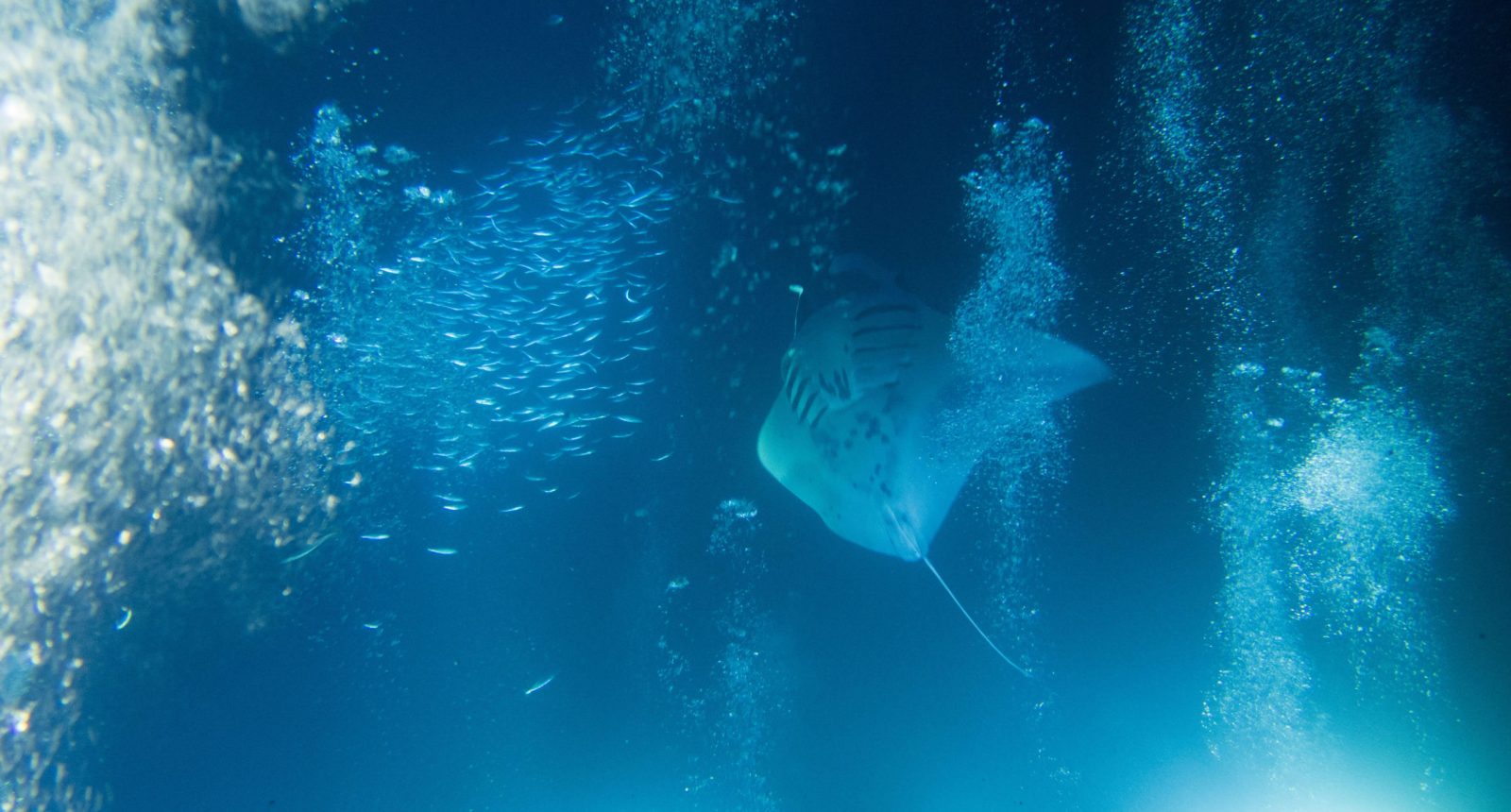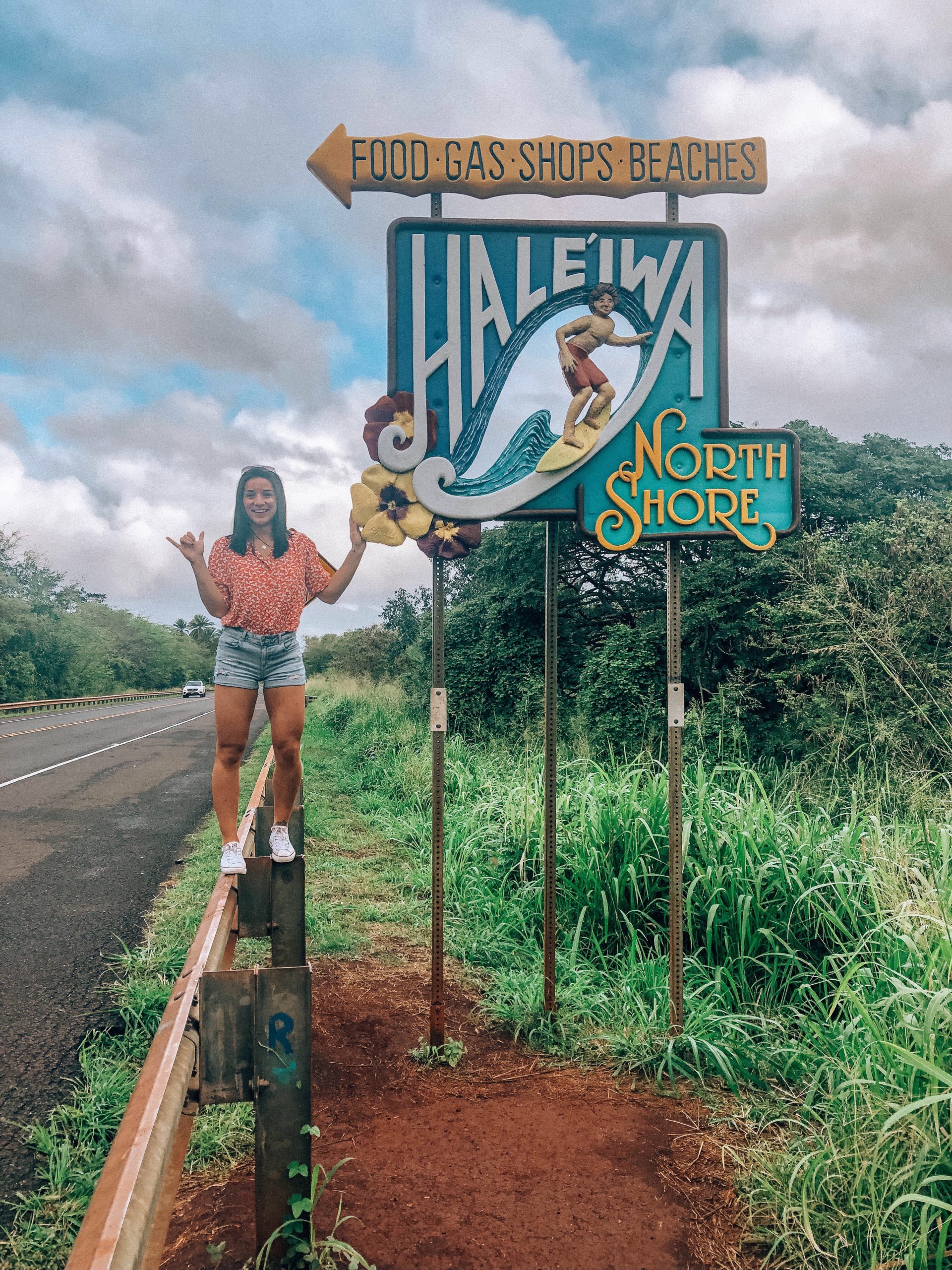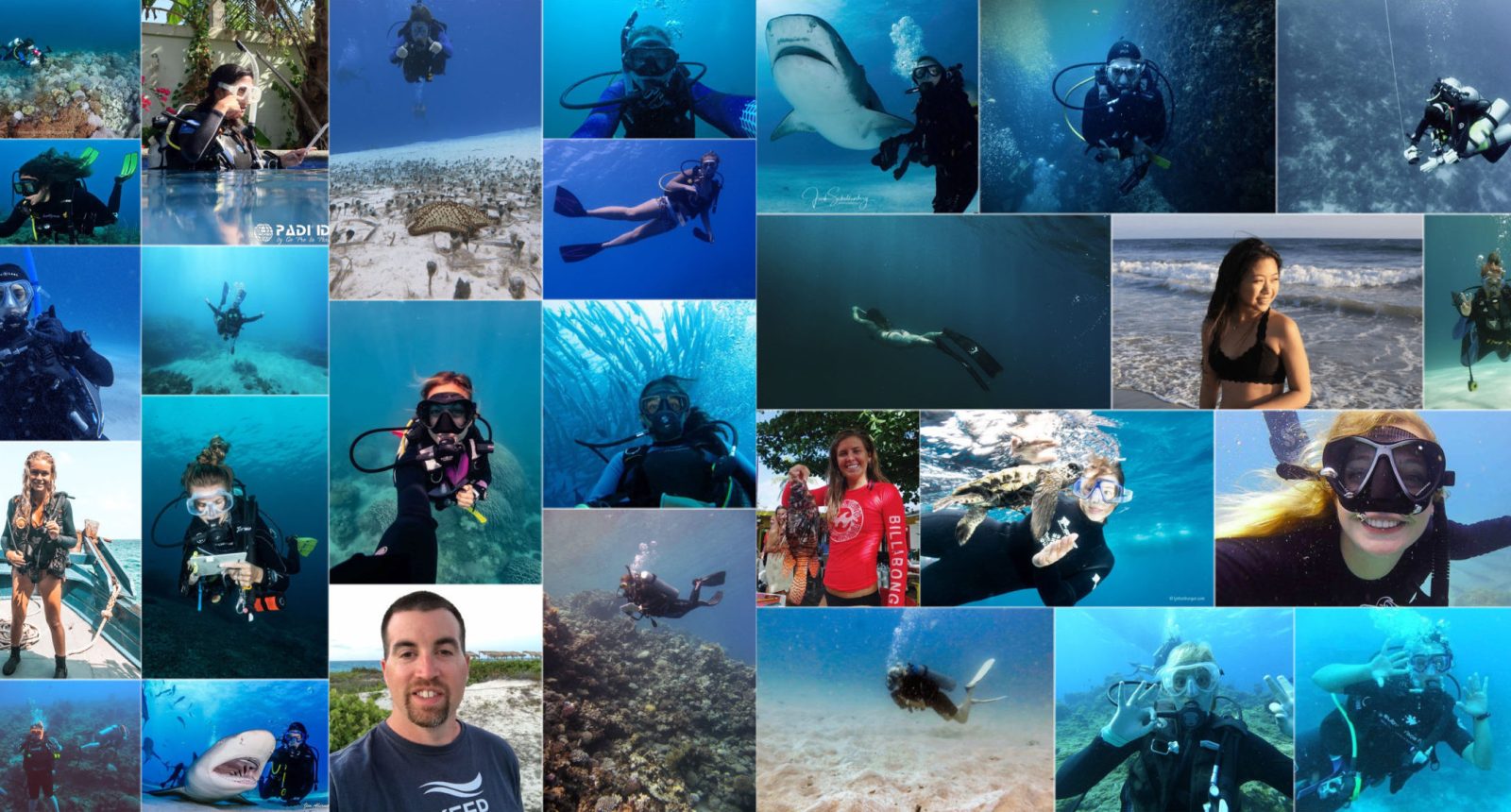
Learning to dive is hands down, one of the greatest things that I’ve ever done. Two years ago, I decided to face my fears of being at depth and got my PADI Open Water Certification. Since becoming certified I’ve gotten over my fear of the ocean’s depth and now find being weightless underwater one of the most calming experiences ever. Scuba diving has taken me all over the world and given me the opportunity to make so many unforgettable underwater memories.
However, diving at night was still something that did not sit well with me. Full disclosure, I’m scared of the dark on land, so being in the dark at the bottom of the great big ocean was a terrifying thought.
But, I knew that there was absolutely no way I was going to visit the Big Island of Hawaii and not experience the once in a lifetime opportunity that is diving with manta rays at night. So I worked up my courage and took the plunge just after sunrise and man, am I glad that I did!
I booked a one-tank manta night dive charter with Big Island Divers in Kona and set out just before sunrise for a dive that I will never, ever forget.
Diving in Hawaii, regardless of what time of day, is an incredible experience. Hawaii is home to so many different species of marine life; in fact, 25% of the island’s underwater species are exclusive only to Hawaii. That’s more than 1,250 unique species of marine life that can only be found on Hawaii’s reefs.
Kona’s Manta Rays
Night diving with manta rays in Kona is actually ranked as one of the top ten diving experiences in the entire world!
Kona is where more than 100 coastal resident manta rays call home and stick around all year long, so no matter when you’re visiting Hawaii, you have a pretty good chance of running into these amazing creatures.
Kona’s manta rays have been recorded as large as 25 feet wide from wing tip to wing tip and weigh about 100 pounds per foot of wingspan. Kona’s largest coastal resident manta ray, “Big Bertha”, is approximately 16 feet wide and weighs over 2000 pounds! And at the time I’m writing this post, there is even a pregnant resident manta ray visiting divers every night.
Although they’re massive, manta rays are truly gentle giants. They pose no risk to humans; they’re filter feeders, so they have no teeth and they don’t have stingers like other rays do, so there is absolutely nothing to be worried about when hoping in the water for a dive with these guys.
Night Diving
Like I said at the beginning of this post, night diving originally terrified me. The idea of being in the open ocean with all kinds of different marine creatures and not being able to see them made for a really thrilling experience. I’ll be honest in that the manta ray night dive is hardly a “night dive” just because there are so many lights on that you still have some pretty decent visibility.
However, I had the opportunity to do a quick traditional night dive after my manta dive as I was completing my advanced open water certification and that’s when I truly experienced the difference between day diving and night diving.
As I swam further and further away from the manta ray scene I was deathly aware of the pitch black engulfing me from every side. All you can see is the few feet below you that are illuminated by your flashlight. While you can’t see much, what you can see is truly magical. There are so many different species of marine life that come alive at night – things you would never be able to see during a day dive are suddenly swimming right in front of your face.
If you really want to take night diving to the extreme, Big Island Divers also offers a “blackwater” dive. This pelagic charter takes divers into deep water at night to find tons of cool bioluminescent critters. If you’re an underwater photographer, then this dive trip will be a dream for you and your portfolio! (As long as you aren’t afraid of the dark. 😉 )



